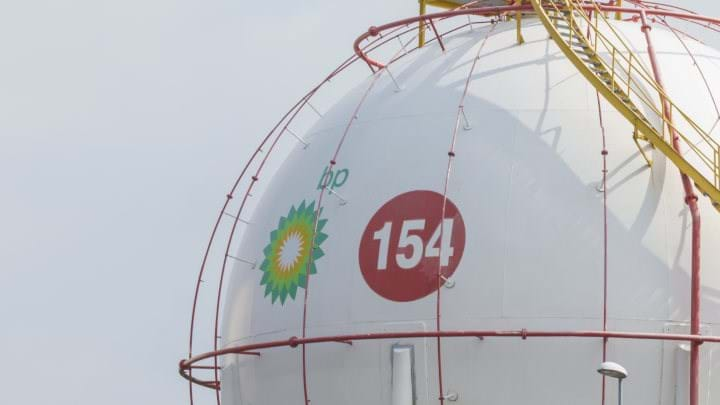BP and Microsoft join forces on Industry 4.0 and clean energy

BP and Microsoft are working together to advance their net zero ambitions and the digital transformation of energy systems.
The pair have signed a memorandum of understanding for collaboration in several areas. This includes co-developing clean energy parks that use technologies such as carbon capture and storage (CCS) to prevent or reduce emissions, and working together on digitalisation technologies such as digital twins to improve operations at BP sites.
Earlier this year BP set a target to be net zero by 2050. Its strategy includes cutting oil and gas production by 40% by 2030 and increasing its low-carbon investment from current levels of US$500m/y to US$5bn/y by 2030. This includes investing in technologies such as hydrogen, CCS, and renewables as it seeks to have 50 GW of renewable energy capacity by 2030, up from 2.5 GW in 2019.
As part of the partnership, BP will supply renewable energy to Microsoft to help the tech giant become carbon negative by 2030.
“BP shares our vision for a net zero carbon future, and we are committed to working together to drive reductions in carbon emissions and fulfil demand with new renewable energy sources,” said Judson Althoff, Executive Vice President of Microsoft’s Worldwide Commercial Business.
“BP is determined to get to net zero and to help the world do the same. No one can do it alone – partnerships with leading companies like Microsoft, with aligned ambitions, are going to be key to achieving this,” said William Lin, BP Executive Vice President for Regions, Cities and Solutions.
Recent Editions
Catch up on the latest news, views and jobs from The Chemical Engineer. Below are the four latest issues. View a wider selection of the archive from within the Magazine section of this site.




